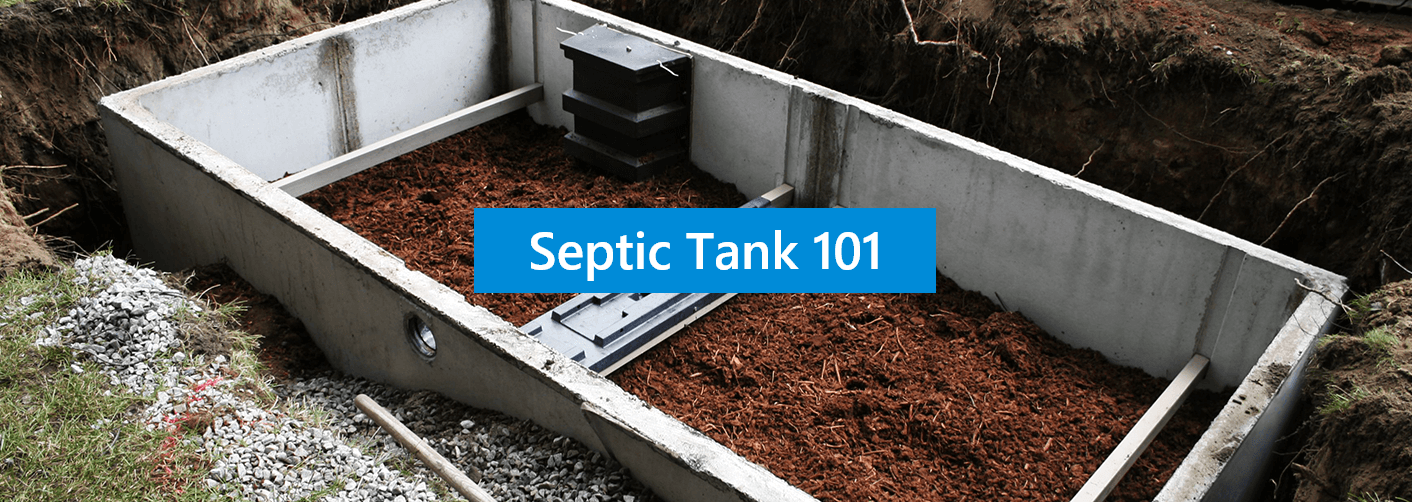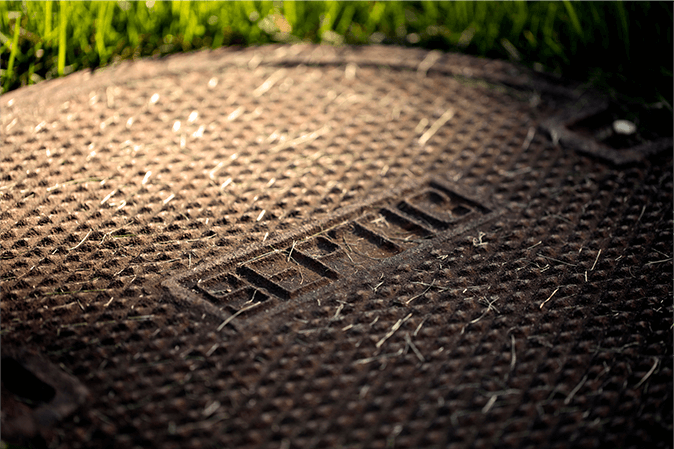The web browser you are using is out of date. To ensure you do not encounter any issues checking out, please update or switch to a compatible browser.


What are they?
Your septic tank is a key component of your water treatment and recycling system. It serves as a settling basin where solids accumulate and gradually get broken down by bacterial action.
Some of the organic waste (the organic fraction) is actually liquified by this “natural bacterial decomposition,” however the rest of the waste accumulates at the bottom as a layer of sludge. Additionally, a small percentage of this waste (mostly fats and oils) may float to the top of the tank to form a layer of semi-solid scum.
How do they work?
The population living in metropolitan areas (who have never had the pleasure of maintaining a septic system, or who have never experienced waddling in their leach field, or even had the experience of pumping out their system) simply flush their toilets and “away go their troubles down the drain.” However, most of these people pay a quarterly sewer bill, usually between $75 and $150, for this service.
Those of us living in more rural areas have been forced to learn about the maintenance and workings of the sewerage treatment facility attached to our home, “the septic system.” Usually, a septic tank is connected to a drainage field or seepage pit of some kind. If properly maintained, a well-designed system will last almost indefinitely. However, if it is neglected for too long a time, it can back up and clog the drainage field. This neglect can result in an expensive excavation and even a replacement of the drain pipes that could cost thousands of dollars.

